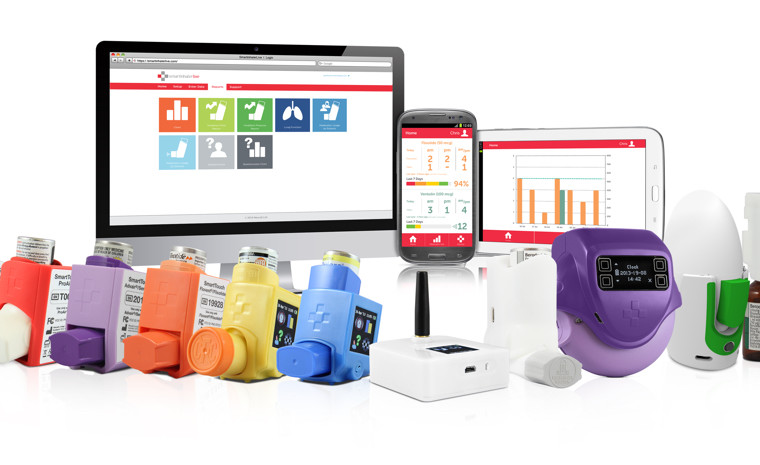I'm prompted to reflect after seeing a recent Motu report on the historic value of the Marsden Fund backed 'blue skies' research carried out in New Zealand. Motu's study (find it here) indicates that government spend could be increased without diminishing returns.
The report also found that the current Marsden funding selection process adds costs for less than optimal outcomes. Given that last year 1,222 applications were eventually culled to 101 projects (totalling $56 million in funding) there is obviously a mis-match between potentially good science ideas and money to investigate them.
Since the release of the Motu research it is pleasing to see the Government announcement the First National Science Strategy.
“Over the next five to 10 years, the science system will be increasingly prominent as it both shapes and is shaped by an economy that is increasingly innovation-led, with New Zealanders who are more engaged with science in their daily lives than ever before.” - Hon Steven Joyce (October 5, 2015)
It is pleasing to see the Government taking heed of consultation feedback in the recently announced National Statement of Science Investment. The foundations of the Statement are in ensuring an appropriate role of government and a transparent and high-performing Science system that is both simple and stable.
However, for many people the initial science discovery may seem like the big breakthrough. What is often forgotten, however, is that it takes applied science and many engineering disciplines to turn discovery into an actual product.
If you want a good example, have a look at NZ-founded firm Adherium, that recently listed on the ASX.
Adherium, under founder and CEO Garth Sutherland, has a Smartinhaler platform; which attaches to prescription inhalers to provide reminders and monitoring of inhaler usage. It uses wireless communications technology to provide real time data collection and reporting.
It has taken Garth 14 years of hard grind to take his thinking and knowledge of human behaviour to optimise the use of asthma drugs through to a product and platform around which to globalise the technology.
One thing is clear – that Garth and his team have brought together a formidable range of science and engineering skills to help solve a problem to such an extent that the likes of global pharmaceutical giant AstraZeneca have taken a cornerstone shareholding in the newly listed ASX company.
Expertise as diverse as product designers, psychologists, human behaviourists, software coders, wireless communications engineers, medical scientists and doctors have all worked separately, and together, to create a platform that helps people manage their medical needs.
Clinical outcomes data have proven that the Smartinhaler platform can improve adherence by up to 59% in adults and 180% in children with asthma.
When Garth came up with his germ of an idea in 2001, he was probably aware of the huge range of skills and expertise that would be required across the science to engineering continuum. Inspiration and perspiration has turned his 'aha' into something that someone is willing to buy.
It is to his great credit that he has stuck to the task, and is on the cusp of great success in helping many more people with chronic respiratory disease lead better lives.
"...for many people the initial science discovery may seem like the big breakthrough. What is often forgotten however is that it takes applied science and many engineering disciplines to turn discovery into an actual product."

